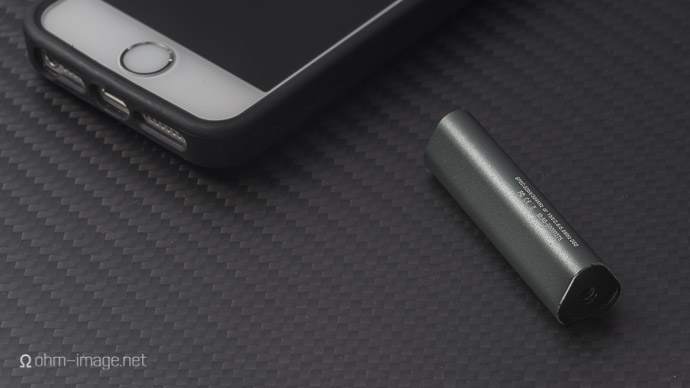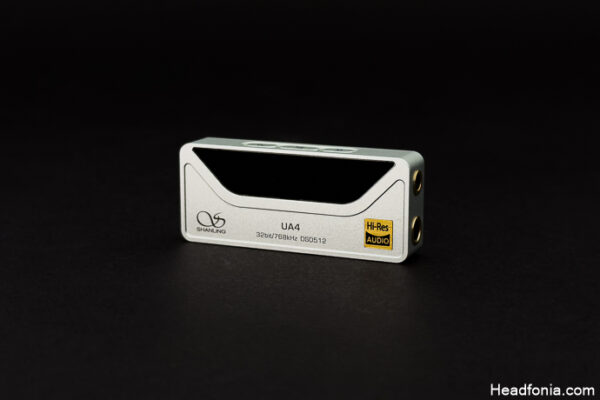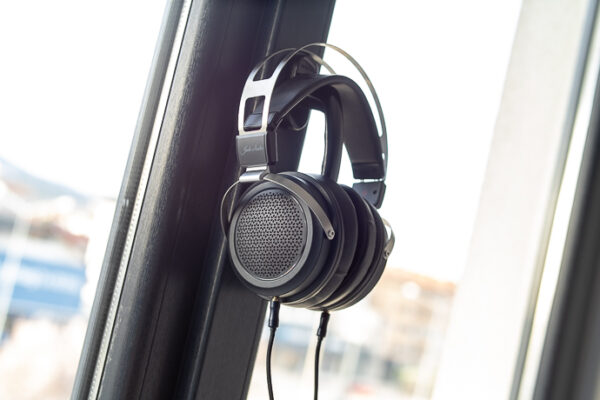Disclaimer: Audirect sent the Audirect Whistle to me for the purposes of this review. I paid nothing for it. It goes for 99$, does DSD, plugs into either Android or iOS, and is limited to single-ended output. You can find out all about it here: Whistle DSD DAC.
Relevant links:
RMAA: Audirect Whistle 24-BIT
RMAA: Cozoy REI 24-bit — ohm image
RMAA: Cozoy TAKT 24-bit — ohm image
RMAA: nextDrive Spectra 24-bit — ohm image
RMAA: iPhone SE 24-bit — ohm image
Tuesday, the day of reckoning – for Whistle, Audirect’s 99$ iOS and Android DAC/headphone amp dongle, – is here. It’s 99$. Audirect relies on reviewer photos. It’s 99$. And Audirect have got next to no advertising reach. It’s 99$. And there’s no way in hell anyone outside of our community has heard of it. Hell, I’d not even heard of Whistle until a few HF reviews landed. And now Whistle’s in my lap. And I really really like it.
Not sound
99$ isn’t a lot of money. And 99$ is a lot of money. In Whistle’s case I really can’t decide. TAKT is more expensive. So is Spectra. Certainly so is REI. And Dragonfly, HFN’s gold standard, the one everyone wants me to compare everything to, costs more. I’d love to try Dragonfly, measure its output, publish my thoughts. Barring some kind soul loaning one, that comparo won’t happen.
So the competitive landscape is trimmed somewhat. Honestly I think it doesn’t matter that much. As you can see here, Whistle performs way ahead of its asking price. Sure, it’s not as nice looking as TAKT. And no, it doesn’t work plugged into Macs or PCs. Strike one, Whistle. Let’s be clear, Whistle is for while your work out, your about town, and everywhere your desk is not. That is, unless you plug it into your phone or DAP and leave the lot on your desk.

Another thing, it’s from Audirect, not Audiodirect: the misreading is all mine. These bloody clever company names will be the death of me.
Inside the box are a long red stereo 3,5mm cable, and, a USB-C-USB micro cable, a Lightning-Micro USB cable, and a dual micro-USB cable. Its anodized finish and laser engraving are nice. It is smooth and thoughtfully sculpted into an extruded onigiri. (Like I said in the Picture Sunday article, it won’t roll off your desk.) But there’s obvious globs of glue holding both its butt and face plate into/onto the main chassis. And inside its headphone port are marked striations, undoubtedly where the drill caught an edge. Whatever.
Apart from that, it’s plug and play, showing up as Whistle in iOS’s output devices panel. This contrasts with Sony’s MUC-M2BT1, which reads like a cipher. Simple, easy, branding. Simple plug and play. And limber cables. On the major fronts, Whistle is done right. Much applause.
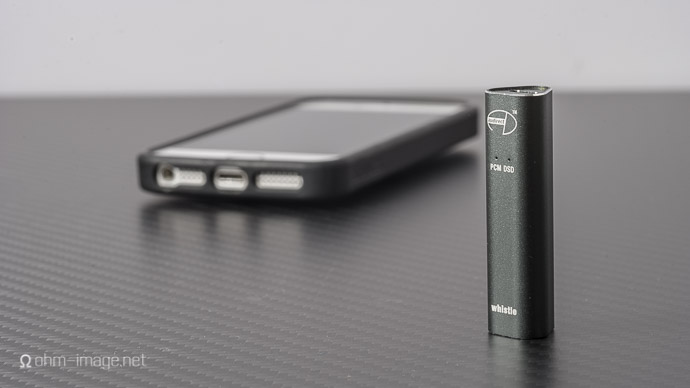
That I can’t also use it on my Mac is a bugger. It’s great for on the go: it doesn’t get too warm, doesn’t crazily draw battery power, and it sounds good whilst maintaining higher-than-iPhone volume levels and good current. But there’s no way your phone will be able to power it, and support an addict’s texting and other phoney life through a full day of work. Eventually you’ll need to charge your phone. If Whistle plugged into and worked with a Mac or PC, your phone could charge whilst you bop out to John Denver through it.
Who knows, perhaps Whistle 2 will plug and play with your work computer.
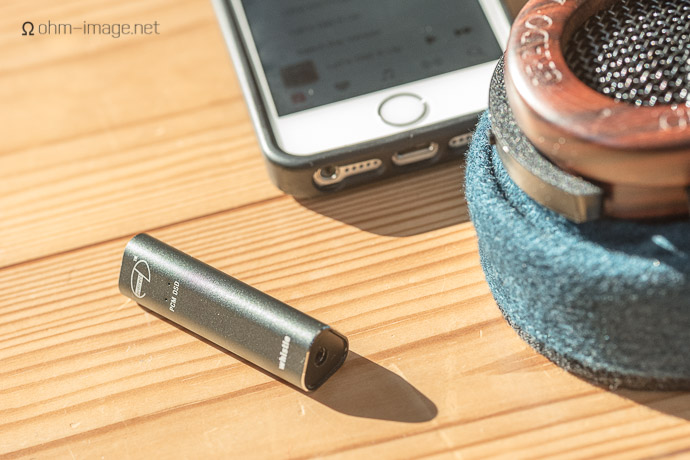
Sound and more after the jump:





